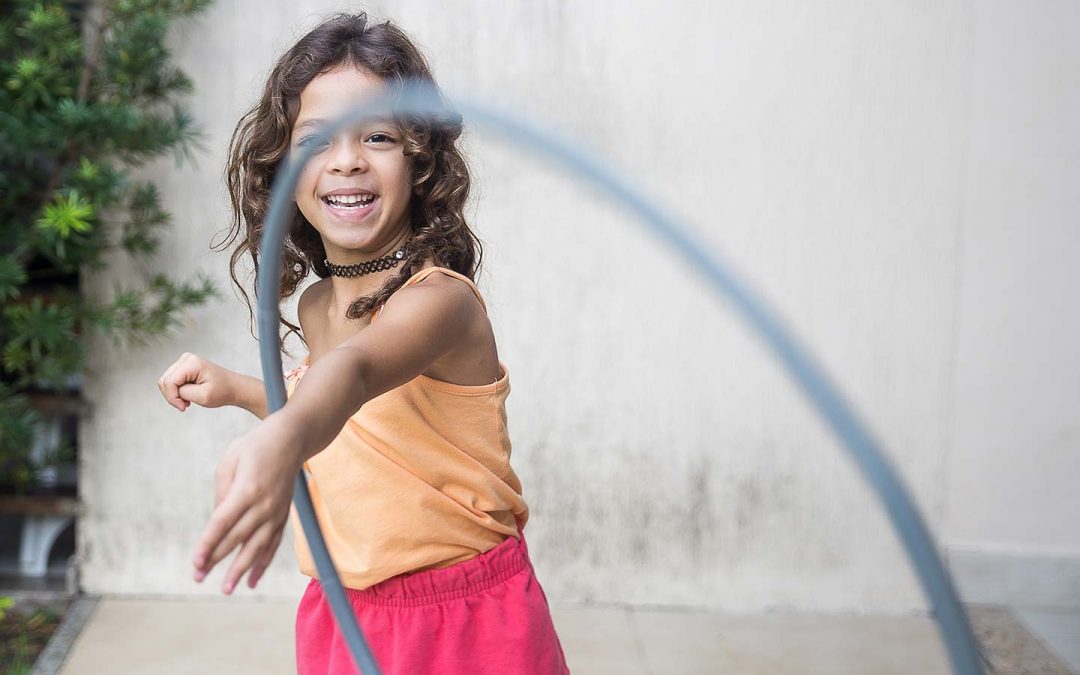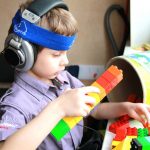Behavioral intervention has become standard care in the world of Autism Spectrum Disorder. As there is no “one size fits all” when it comes to intervening in Autism spectrum disorder, I salute our behavioral colleagues for their success in lobbying
their method of care and being so successful in gaining state funding in so many states. They certainly worked hard to achieve their status.
But these are the concerns I have:
- Behavioral intervention does not consider the process of development in their intervention plan. Though we all agree we would like to see behaviors decrease in children / adults, to simply focus on behaviors without looking at why these behaviors are occurring due to development going astray, to my mind is not targeting core issues of Autism, but in essence is looking at maintaining the core issues of Autism. If development can be addressed and the focus is on the profile and not the Autism, we can achieve so much more than focusing on behavior alone.
- Behavioral intervention insists that the adult decides on which areas to provide extrinsic motivation for to prompt the student into a certain action. Neuro-typical children use intrinsic motivation and their internal drive to develop and grow and do not need us to prompt them when to start doing something. Why must it be different for children on the Autism Spectrum? Is it because they have Autism? Does this mean we do not see them as ever using their own intrinsic motivation? Or is it that behavior interventionists think that intrinsic motivation comes after the application of extrinsic motivation? This would actually not be easy, as intrinsic motivation comes before the ability to adhere to extrinsic motivation in typical development.
- Behavioral intervention states they are now more “play based”, especially as they are witnessing that interventions such as DIR/Floortime is gaining steady ground with evidence based research studies containing strong statistically significant outcomes. The idea of play is to use some play “on the floor” in-between their target sessions. Unfortunately this is far from understanding the tremendous value of play in development. Play is the work of the child, and not their “break time”. Within play they are integrating what they are witnessing every day, prompted by their own observation, practicing motor planning, ideation, and sequencing. They are working on their imagination, developing abstract thinking and preparing for the important work of reading writing, language and comprehension that comes from the body and mind. The fact that children on the spectrum avoid play or engage in repetitive play does not mean they need these opportunities less in their lives, it means they need it more. It is because children play that they can generalize their skill into different environments and learn in an integrative way, not through rote cognitive skill. With some children being in behavioral programming 20 to 40 hours weekly, when is this integrative work of the child taking place?
Play is the work of the child, and not their “break time”.
- The DSM-5 now includes sensory processing challenges as one criteria of being on the spectrum. Behavioral interventionists are now looking at “sensory rich” environments and have for many years been using “sensory rewards” for good work. This surely means they acknowledge the process of sensory being important for the child. The reason they can use it as a reward is because the child is motivated to appease their sensory systems, as this is what is really driving them. Sensory is the first process of learning, learning how to use your sensory systems in a way that you can adapt to be in any environment, coping, learning, and paying attention, not needing someone to always adapt your environment so you can cope with their expectations. How is this developing independence if we keep accommodating for their
needs? Who will do this when they are adults? The central nervous system is the piece that needs to develop, integrate, so that we do not need the
behaviors that we see. It is like saying to the child: “you will first eat your food the way we want you to eat it, then we will prepare the food”! How does this work? - Children on the spectrum usually have wonderful long-term memories as they learn to use cognitive skill to help them cope with life. If they can retrieve a memory from the past, they can use it to evaluate a present situation and help them make a decision whether they are going to like it or not before they have even started. When we use extrinsic motivators, we are relying on this strong cognitive ability to gain as much learning from the repetitive tasks provided by the stimulus. Are we strengthening a skill that is already there and do we think that using cognitive skill is going to automatically translate to integrative learning from the central nervous system that we can generalize into all environments? What good does it do when a child can learn to count to 100, but cannot count 3 doors down to get to the bathroom by him or herself? What meaning does the use of rote
memory have in the long run? I am sure it feels good for families to see their child is now doing “3 out 5 correct” on a data sheet, thinking this is progress. But how do you track that the auditory system is actually now lining up with the visual system in order to effect sustained attention? How do you track the intricate problem solving that joins cognitive problem solving skills with motor planning? By breaking down tasks, how do we build back putting it altogether and using it by own initiative?
I am going to leave this here for today, but will continue this discussion in a next blog, as we confront some of the long term effects this already is having on the children we encounter. My heart is very heavy. I am not drawing on my opinion, but rather thinking what the natural developmental hierarchy for any child always has been and wondering why this is not good enough for the child on the spectrum?








